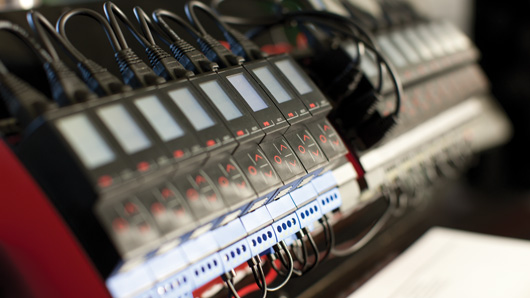When it comes to ensuring reliable electrical connections, the choice of solder is paramount. The right solder not only affects the conductivity and durability of the connection but also influences the overall performance and longevity of the electronic device. In this article, we will explore the various types of solder available, their compositions, and the best practices for selecting the most suitable solder for your electrical connections.
Understanding Solder Types
Solder is a fusible metal alloy used to join together metal workpieces. The most common types of solder used in electrical applications are lead-based and lead-free solders. Each type has its own unique properties, advantages, and disadvantages.
- Lead-Based Solder
Traditionally, lead-based solder, often composed of a tin-lead alloy (typically 60/40 or 63/37), has been the go-to choice for many electrical applications. The advantages of lead-based solder include:
- Lower Melting Point: Lead-based solder melts at a lower temperature (around 183°C or 361°F), making it easier to work with, especially for delicate components.
- Excellent Wetting Properties: This type of solder flows easily and adheres well to metal surfaces, ensuring strong connections.
- Good Electrical Conductivity: Lead-based solder provides excellent conductivity, which is crucial for electrical connections.
However, due to health and environmental concerns associated with lead, its use has been increasingly restricted in many countries.
- Lead-Free Solder
In response to regulatory changes and growing environmental awareness, lead-free solder has gained popularity. Common compositions include tin-copper (SAC) alloys, such as SAC305 (96.5% tin, 3% silver, and 0.5% copper). The benefits of lead-free solder include:
- Environmental Compliance: Lead-free solders comply with regulations such as RoHS (Restriction of Hazardous Substances), making them a safer choice for both manufacturers and consumers.
- Higher Melting Point: Lead-free solders generally have a higher melting point (around 217°C or 423°F), which can be advantageous in high-temperature applications but may require more careful handling during soldering.
- Improved Mechanical Strength: Lead-free solders often exhibit better mechanical properties, providing enhanced durability in demanding environments.
Factors to Consider When Choosing Solder
Selecting the best solder for electrical connections involves considering several factors:
- Application Requirements
The specific requirements of your application will heavily influence your solder choice. For instance, if you are working with sensitive electronic components, a lower melting point solder may be preferable to avoid damage during the soldering process.
- Regulatory Compliance
If your project is subject to environmental regulations, opting for lead-free solder is essential. Ensure that the solder you choose meets the necessary compliance standards for your region.
- Component Compatibility
Different components may have varying tolerances to heat and solder types. Always check the manufacturer's specifications for the components you are working with to ensure compatibility with your chosen solder.
- Soldering Technique
Your soldering technique can also affect the choice of solder. For instance, if you are using a soldering iron, a solder with a flux core can help improve the flow and adhesion of the solder, making the process easier and more effective.
Best Practices for Soldering
To achieve the best results when soldering electrical connections, consider the following best practices:
- Clean the Surfaces: Ensure that the surfaces to be soldered are clean and free from oxidation or contaminants. This will enhance the adhesion of the solder.
- Use the Right Flux: Flux helps to remove oxidation and improve the flow of solder. Choose a flux that is compatible with your solder type.
- Control the Temperature: Use a soldering iron with adjustable temperature settings to avoid overheating components and damaging sensitive parts.
- Practice Good Technique: Apply the solder to the joint, not the soldering iron, to ensure a strong and reliable connection.
Conclusion
Choosing the best solder for electrical connections is a critical decision that can significantly impact the performance and reliability of your electronic devices. By understanding the different types of solder available, considering the specific requirements of your application, and following best practices for soldering, you can ensure that your electrical connections are robust and long-lasting. Whether you opt for lead-based or lead-free solder, making an informed choice will lead to superior results in your projects.

